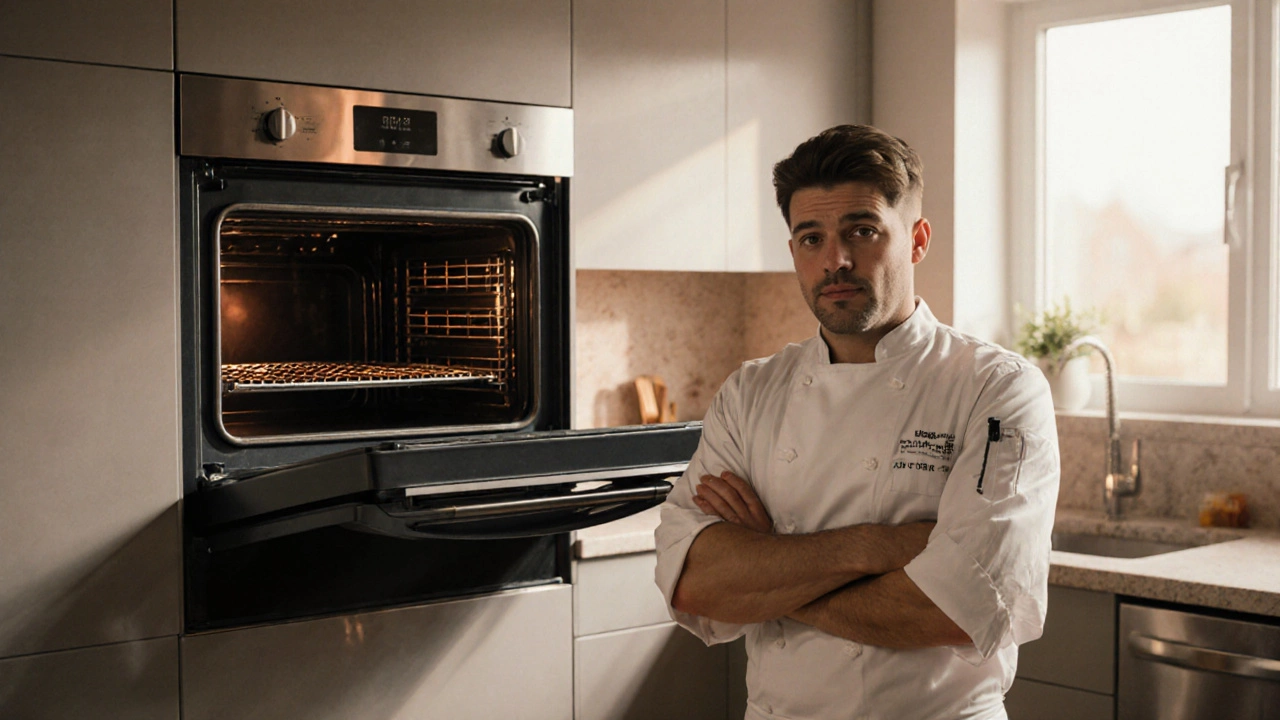When dealing with oven temperature issues, the oven either won’t reach the set temperature, overshoots it, or swings wildly during a bake, leading to ruined meals and wasted energy. Also known as oven heating problems, these issues affect every kitchen, whether you own a gas range or a sleek electric model.
One of the first culprits is the thermostat, the component that reads the oven’s internal temperature and tells the heating system to turn on or off. If the thermostat is stuck or mis‑calibrated, the oven can think it’s colder than it really is and keep heating, or it might shut off too early, leaving food undercooked. A faulty thermostat is a classic example of how a single sensor can dictate the whole cooking experience.
Next up is the heating element, the metal coil or burner that actually generates heat inside the oven cavity. When the element’s wiring is broken or the coil is cracked, the oven may heat unevenly or fail to heat at all. In electric ovens, a burned‑out element shows up as a cold spot, while in gas ovens, a clogged burner can cause low flame and poor temperature rise.
Beyond the thermostat and heating element, the oven sensor, usually a thermocouple or infrared probe that feeds real‑time temperature data to the control board, can go bad. A sensor that drifts high will make the oven think it’s hotter than it is, causing premature shutdown; a sensor that reads low will keep the oven running longer than necessary. Sensors are cheap and often the hidden reason for temperature swings.
Calibration is another hidden factor. Even a perfectly working thermostat, element, and sensor can produce errors if the oven’s internal calibration is off. Most modern ovens have a calibration menu that lets you nudge the set temperature up or down by a few degrees. Ignoring this step can turn a perfectly good oven into a temperature nightmare.
Gas versus electric also changes the game. Gas ovens rely on proper air‑to‑fuel mixing; a bad igniter or clogged vent will affect flame size and thus temperature stability. Electric ovens, on the other hand, depend on consistent voltage; a sagging power supply can cause the heating element to underperform. Knowing which fuel type you have helps you target the right fix.
All these pieces – thermostat, heating element, sensor, calibration, and fuel type – are linked. Oven temperature issues encompass faulty thermostats, require accurate calibration, and are influenced by the type of heating system you use. Understanding these relationships lets you pinpoint the problem faster and decide whether a simple reset, a sensor swap, or a full component replacement is needed.
Below you’ll find a curated set of articles that dig deeper into each of these areas: from diagnosing a misbehaving thermostat, to testing heating elements, to mastering oven sensor calibration, and even choosing between gas and electric when it comes time for a new oven. Keep reading to get the practical steps you need to get your oven back on track.
Posted by
Orin Trask
0 Comments

Discover the most common oven problems, why they happen, and step‑by‑step fixes. Learn how to troubleshoot heating issues, temperature errors, door seals, and more.
read more